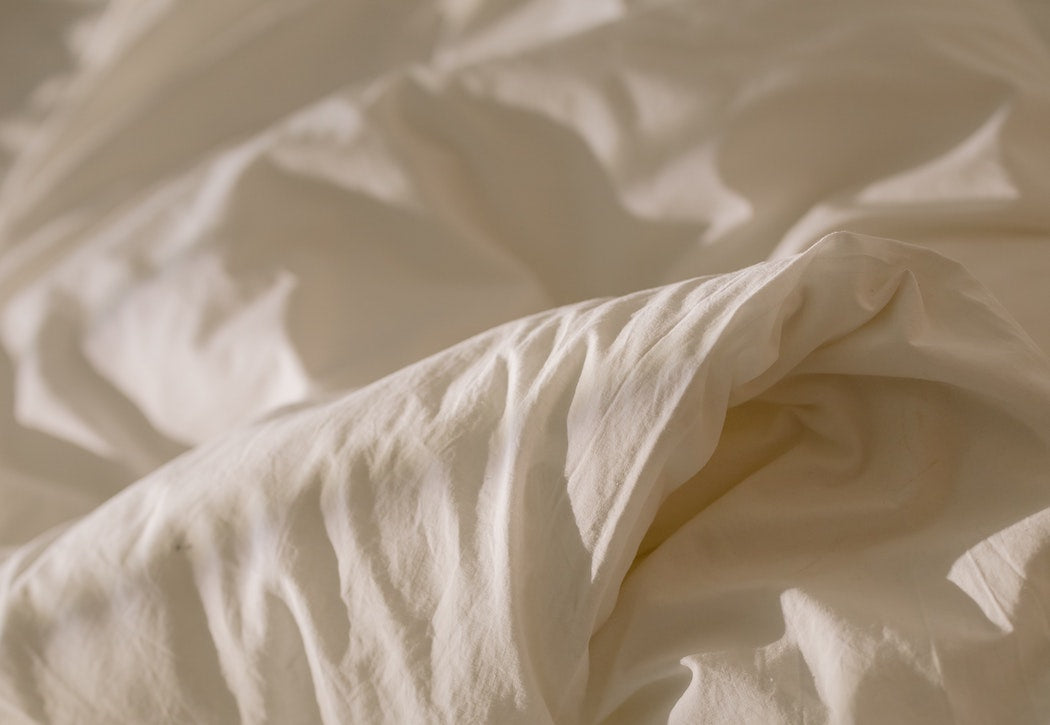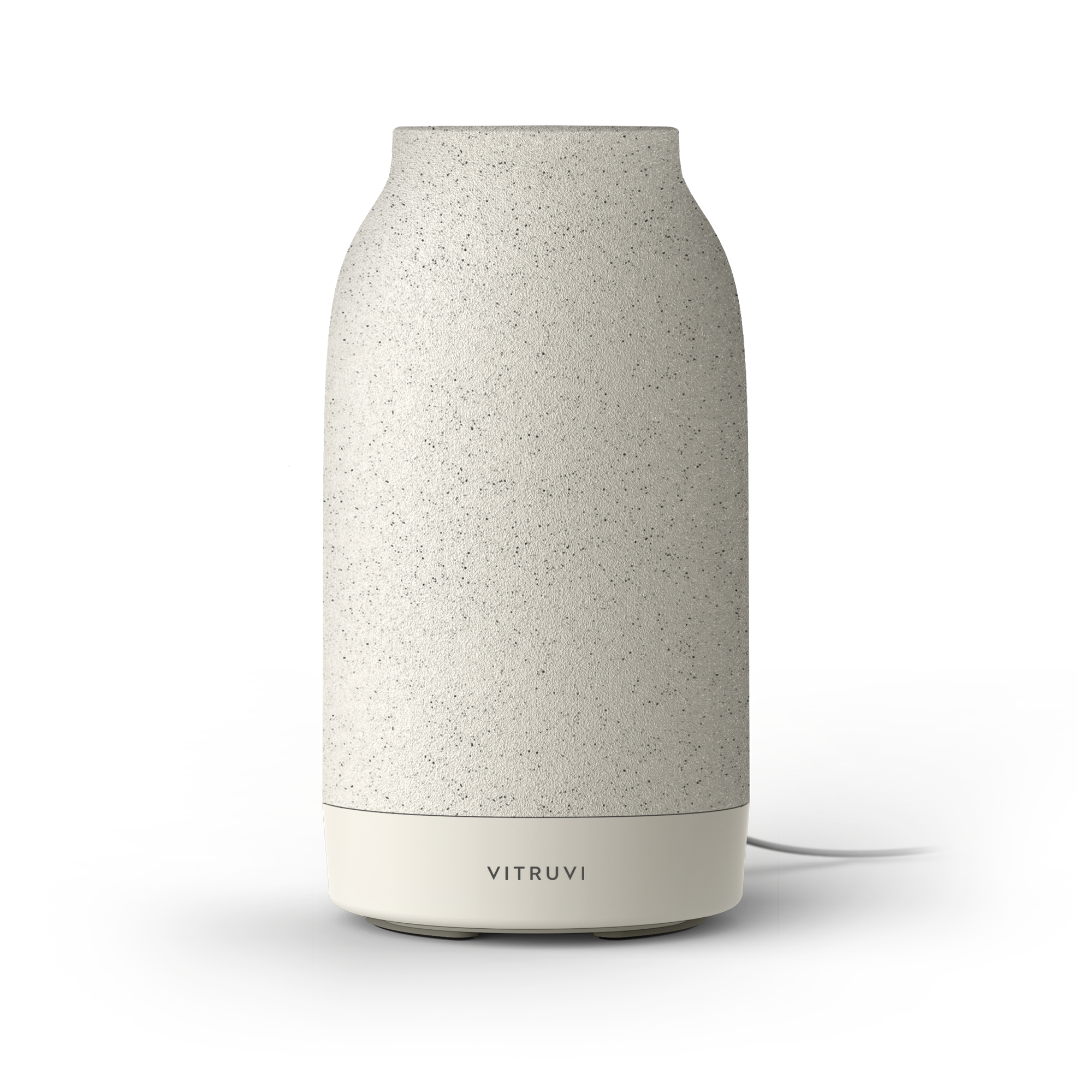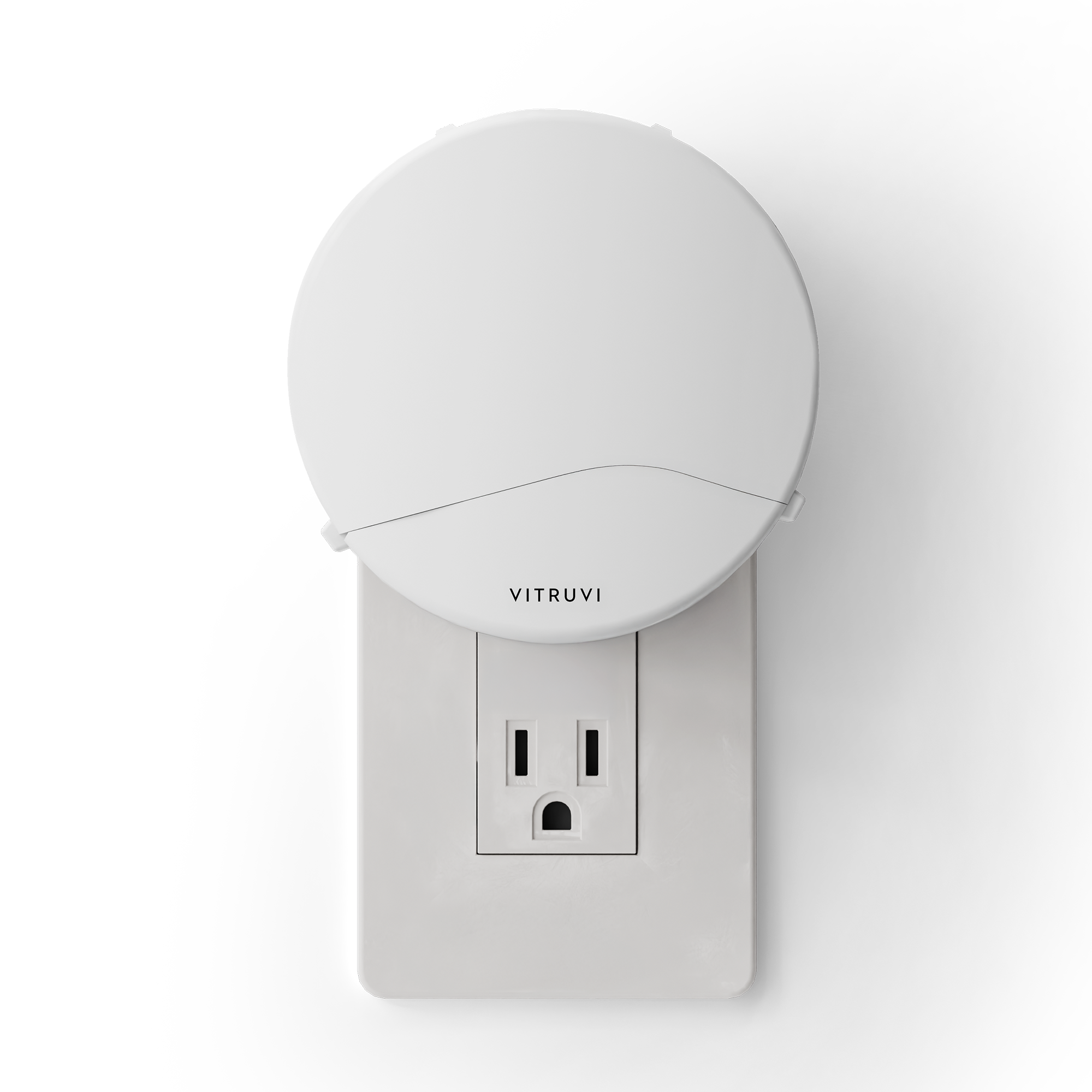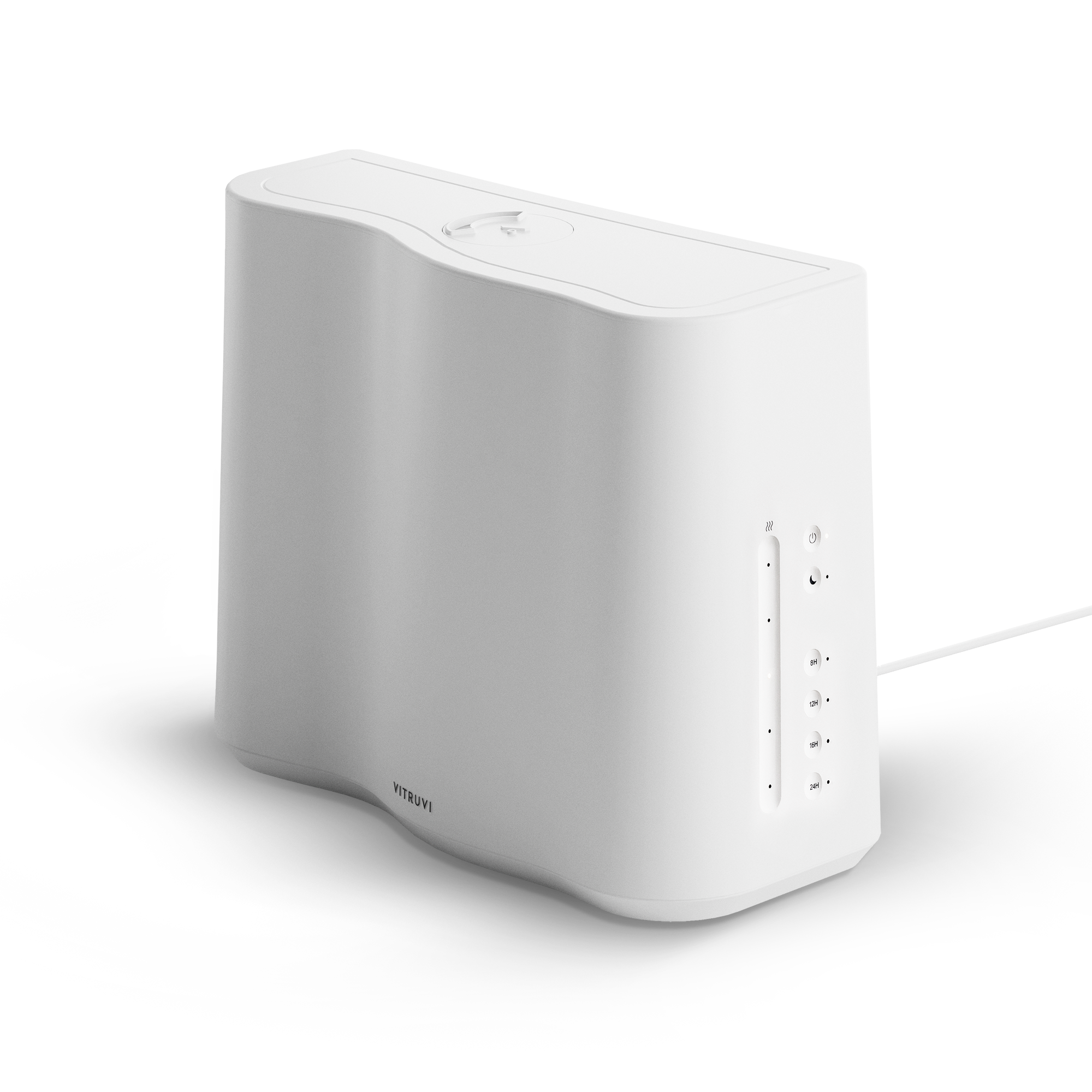The auricular acupressure practice of ear seeding has been around for years, but it is currently seeing a resurgence in popularity. Resembling dainty earrings, these small “seeds” are placed on the ear to activate pressure points, providing a myriad of wellbeing benefits throughout the body.
What are ear seeds?
“Ear seeds are tiny adhesives used in Traditional Chinese Medicine (TCM) that have a pellet attached to them,” says registered acupuncturist Claudia Chen. Why the ear? It’s a microcosm of the body, with pressure points that correspond to different areas and organs. When pressure is applied to certain points on the ear, the corresponding body part is activated, and the qi (the energy that flows through the body) is rebalanced. Chen explains that “in TCM, we use the ear as a map of the whole body, much like a reflexologist uses the sole of the foot to stimulate different organs.”
Ear seeding gets its name because actual seeds were once used. “Traditionally the pellet is a seed from an herb called vaccaria, although magnetic pellets are often used in Korean auricular therapy, and gold or silver pellets in Japanese therapy,” says Chen. These days, some brands even offer ear seeds in 24-karat gold or Swarovski crystals.
How do ear seeds work?
Unlike acupuncture, where needles are temporarily inserted into the skin, ear seeds are non-invasive. The seeds work their magic and stimulate pressure as long as they’re on your ears. And while they’re effective on their own, ear seeds are often paired with acupuncture, cupping, and other TCM treatments to maximize results.
How to apply ear seeds
“Ear seeds are affixed to your ear much like tiny pieces of Band-Aids,” explains Chen. “I generally apply about three to five ear seeds per ear. Generally, an acupuncturist or someone trained in TCM or auricular therapy would apply them, as you would have to be familiar with the map of the ear. However, I have also sent people home with an ear chart and ear seeds so they can apply and self-treat at home.”
If you prefer to do it yourself, many brands offer ear seeds that come with placement charts, such as the at-home kits from Vie Healing, Cosma, and WTHN. Use tweezers to place the ear seed on the point where you want therapeutic benefits. Then press down with your fingers to make sure it’s attached properly.
Typically, ear seeds are left on for three to four days—either until they fall off naturally or are removed. Avoid leaving ear seeds on for more than five days, as you could become desensitized to the effects. To continuously enjoy the benefits of ear seeds, it’s recommended that you take a day or two off between applications.
Benefits of ear seeds
While more research still needs to be done, many anecdotal reports indicate that ear seeds can provide relief for many ailments, some of which include:
- Stress and anxiety
- Migraines
- Stomach aches
- Muscle aches
- PMS symptoms
- Lower back pain
- Digestion issues
- Insomnia
- Weight loss
- Depression
- Hormone regulation
Results vary for each person. Some people may feel the effects right away, while it may take a few days for others.
Risks associated with ear seeds
Chen assures that ear seeds are very safe. “The only side effect people may feel is some minor discomfort or pressure on the ear,” she says. “If you are a side sleeper or are especially sensitive, you can just peel the ear seeds off at any time. As with anything, everyone’s response is very individual, so if you feel you do not have a positive reaction, you can easily remove them.”
The allure of ear seeds is that they’re a simple, low-risk way to reap the benefits of acupressure at home.












